Hey there, nature lovers! Today we're going to delve into a topic that's probably been overlooked more than it should be. Yes, we're talking about firewood, but not just any aspect of firewood. We're exploring its journey from being a humble log to warming our homes, and how it affects our air quality.
Intriguing, right? Let's get started! Firstly, it's no secret that we all love a good fire. Whether it's for a cozy night in or a summer barbecue, firewood plays a big part in our lives. But have you ever stopped to think about where it comes from and what happens when we burn it?
The Journey Begins: From Tree to Log
The journey of firewood starts in our forests. Trees are felled, chopped, and split into logs. This process itself has environmental impacts, including habitat disruption and soil erosion.
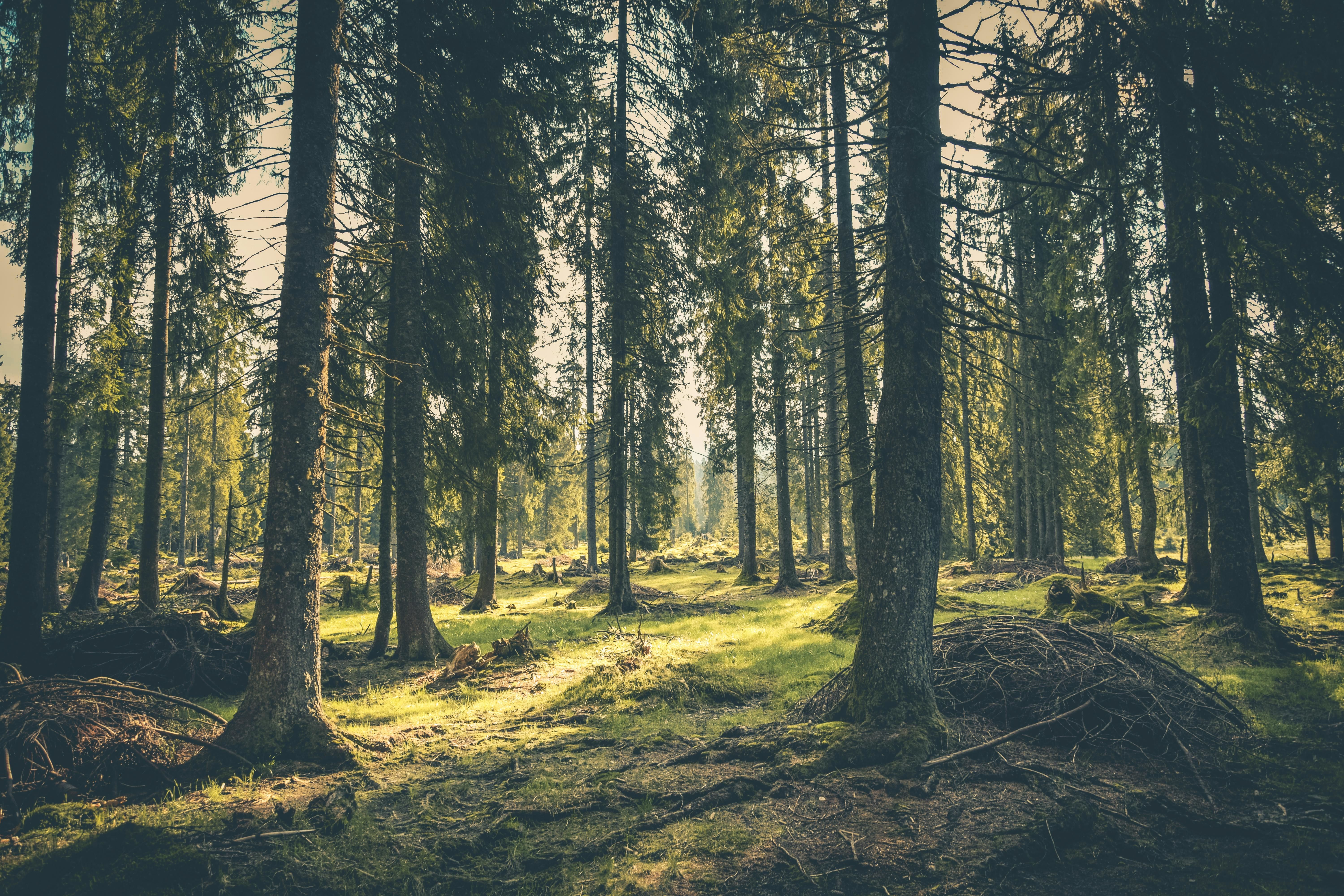
However, responsible forest management can mitigate these effects, ensuring a sustainable supply of firewood.
Loading up wood into the truck!
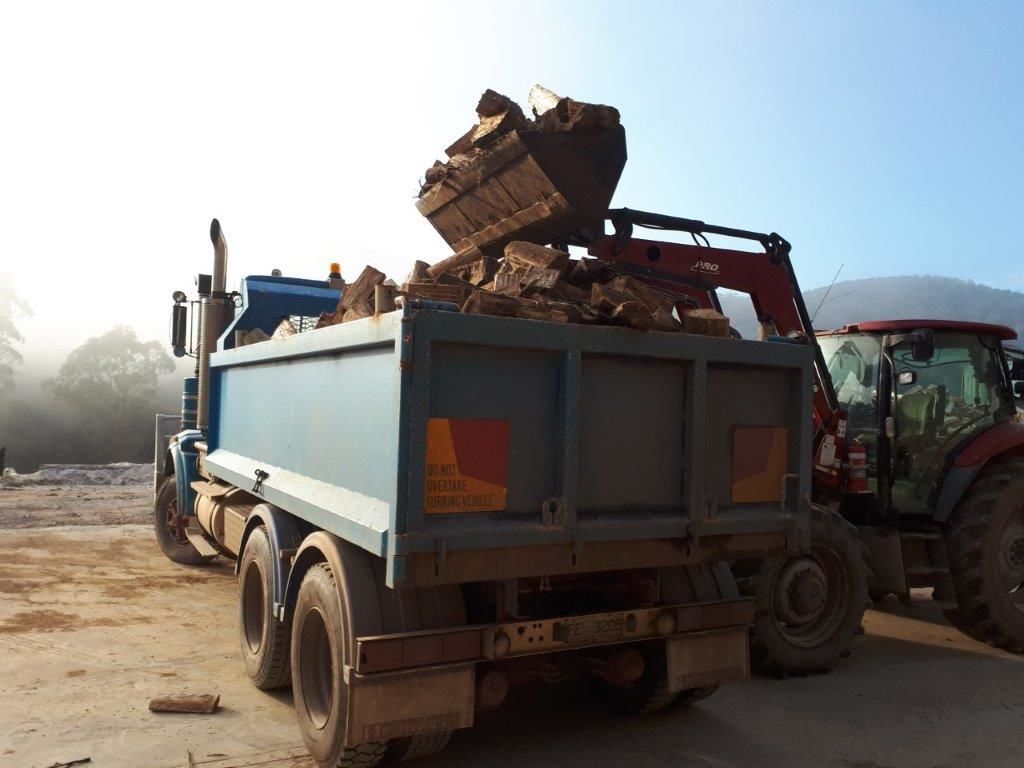
The Drying Process: Seasoning the Wood
The next step is seasoning. Freshly cut wood contains a lot of moisture, which needs to be dried out before it's ready to burn. This process can take anywhere from six months to two years.
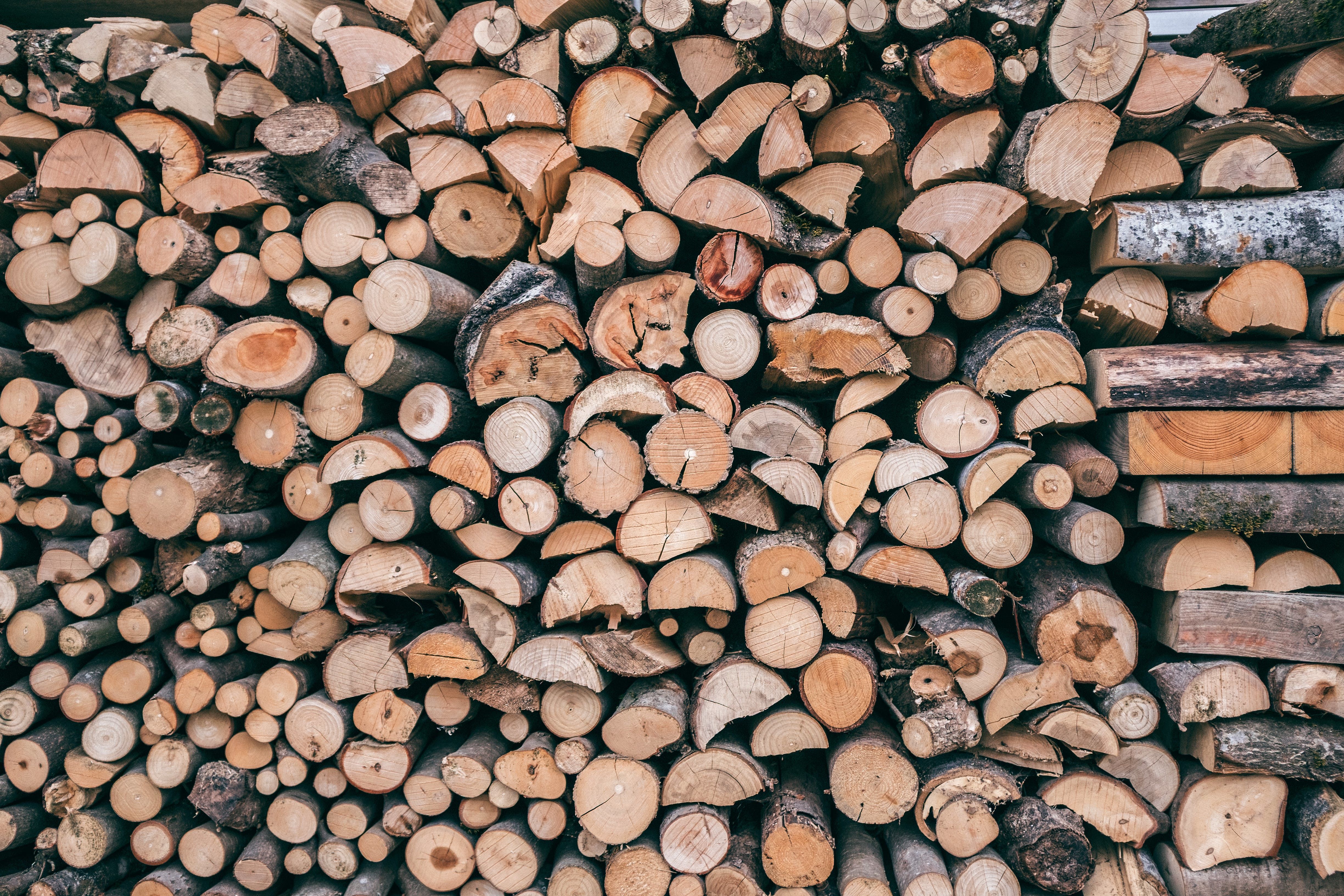
The goal is to get the moisture content down to about 20%. Seasoned wood burns more efficiently, which means it produces less smoke and harmful particles.
The Final Step: Burning the Firewood
Now comes the part we all know and love: burning the wood. When wood burns, it releases a cocktail of gases and particles into the air. Some of these, like carbon dioxide, are well-known greenhouse gases. Others, like particulates and volatile organic compounds, can harm air quality and human health.
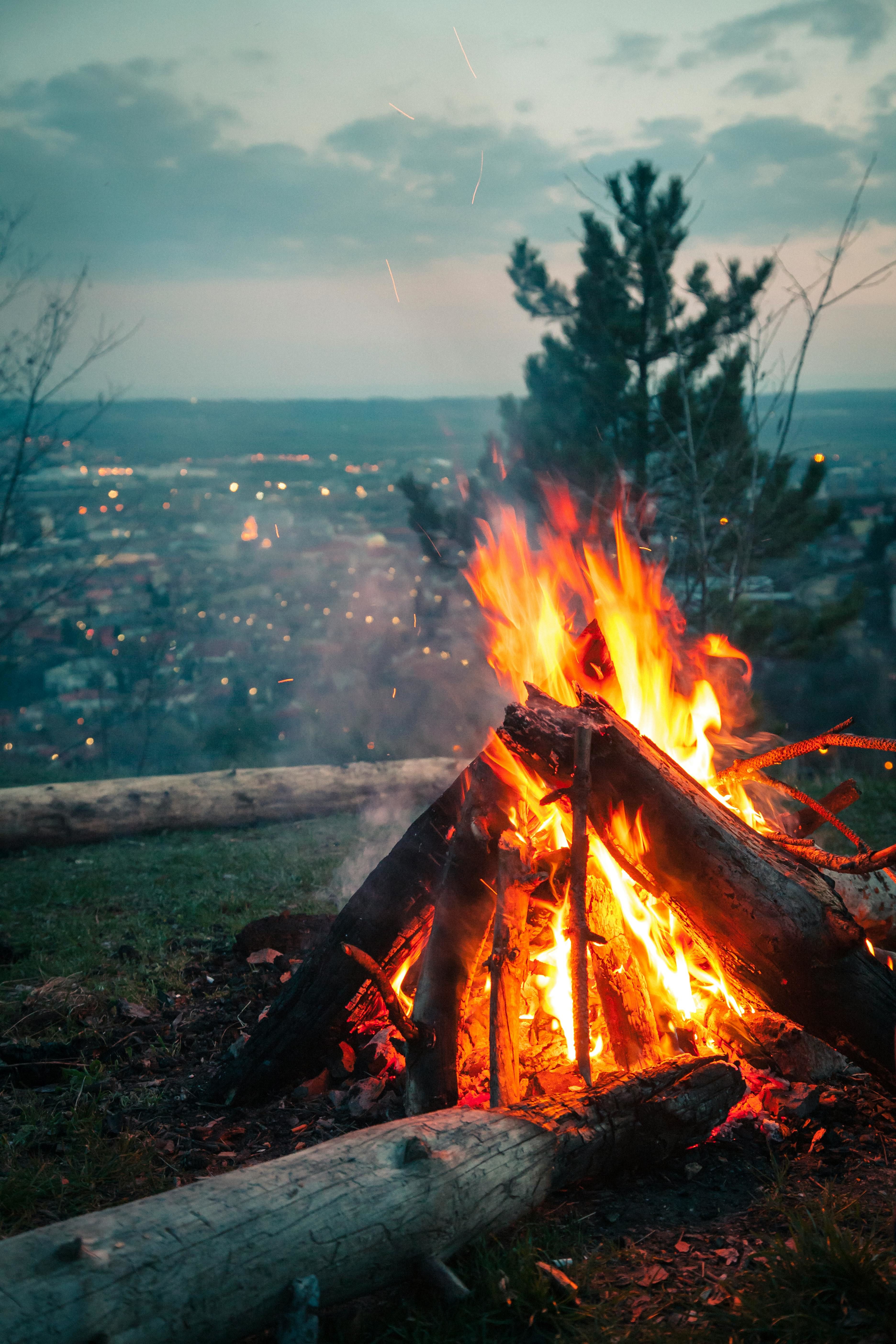
The Impact on Air Quality
Burning firewood, especially if it's not properly seasoned, can significantly affect air quality. Smoke from wood fires contains pollutants like particulate matter, carbon monoxide, and volatile organic compounds. These can exacerbate respiratory conditions, contribute to smog, and even lead to climate change. However, don't despair, fire lovers! There are ways to enjoy your fires responsibly.
Use seasoned wood
As we mentioned earlier, seasoned wood burns more efficiently and produces less smoke.
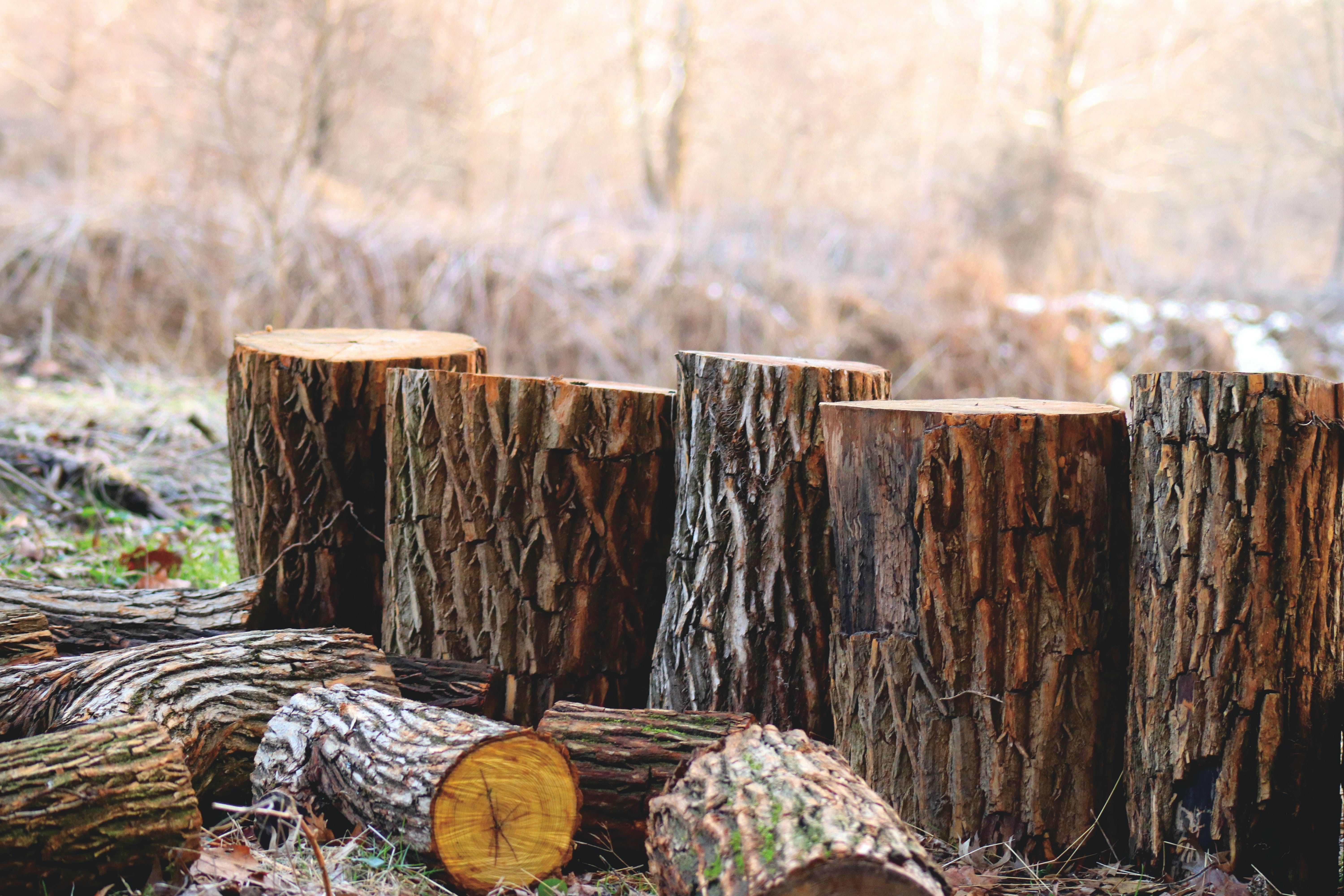
Burn wisely
Don't overload your fire, and make sure it gets plenty of air. A smoldering fire produces more pollutants.
Consider alternatives:
Modern wood stoves and pellet stoves can provide the warmth and ambiance of a wood fire, but with less impact on air quality.
So there you have it, folks! Firewood's journey from log to fireplace is more than just a trip down the chopping block. It's a process that impacts our environment and air quality. But with responsible choices, we can all enjoy our cozy fires without harming Mother Nature. Stay warm, and burn responsibly!
Contact Firewood Tasmania today for carbon-friendly wood to burn.